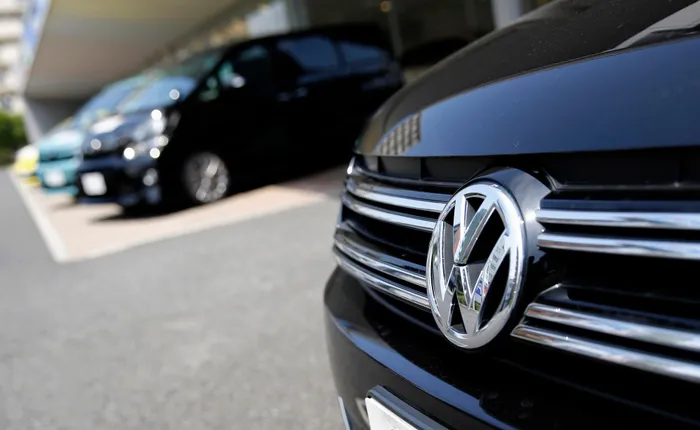March new vehicle sales up as buyers seek new models

New vehicle sales exceeded expectations in March, as pent-up demand, normalising business conditions and new model choices lured more buyers to motor dealerships, data released by Naamsa, the automotive business council, showed. REUTERS/Toru Hanai
New vehicle sales exceeded expectations in March, as pent-up demand, normalising business conditions and new model choices lured more buyers to motor dealerships, data released by Naamsa, the automotive business council, showed.
“New vehicle sales broke through a threshold last experienced in October 2019 with over 50 000 new vehicle sales, and cause for the South African market to be a bit more bullish,” said Wesbank’s head of marketing and communication, Lebogang Gaoaketse.
“In the face of interest rate hikes, spiking fuel prices, and the ongoing industry challenges of supply, March’s new vehicle market provided a lot to celebrate,” he said.
Domestic new vehicle sales in March, 2022 at 50 607 units, was the highest monthly sales total since the pre-pandemic October, 2019 sales total, Naamsa’s data showed.
It reflected a rise of 16.5 percent or 7 184 units from the 43 423 vehicles sold in March, 2021.
Export sales, however, declined by 12.4 percent or 4 861 units to 34 285 units in March, 2022 compared to the 39 146 vehicles exported in March 2021.
Overall, out of the total reported industry sales of 50 607, an estimated 43 441 units or 85.8 percent represented dealer sales; an estimated 8.2 percent were sold to the vehicle rental industry; 4.6 percent sales to the government, and 1.4 percent to industry corporate fleets.
The March, 2022 new passenger car market at 33 790 units increased by a substantial 27 percent or 7 191 cars compared to the 26 599 new cars sold in March, 2021.
Domestic sales of new light commercial vehicles, bakkies and minibuses at 13 795 units during March, 2022, fell by 2.7 percent from the 14 364 sold in March, 2021.
Sales for medium and heavy truck segments at 798 units and 2 044 units respectively, showed an increase of 124 units or 18.4 percent in the case of medium commercial units, while the number of heavy truck and bus sales increased by 258 vehicles or 14.5 percent.
In the first quarter of 2022, vehicle exports were 4.1 percent below the level of the same period in 2021.
The temporary reduction in the general fuel levy to curtail the record fuel prices to some extent, as well as further relief measures to follow as announced by Finance Minister Enoch Godongwana, should be welcomed by motorists, Naamsa said.
However, escalating inflation risks, ongoing record fuel prices, low and stagnant economic growth, and a rising interest rate cycle would likely impact the new market negatively going forward, the organisation said.
On vehicle exports, Naamsa said prospects for 2022 remained optimistic due to further new locally manufactured model introductions.
Global growth was expected to moderate as the Russia/Ukraine conflict increasingly impacted demand and supply chains, particularly in Europe, the domestic industry’s top export region.
Vehicle production, and consequently vehicle exports, had already been hampered by the ongoing global semi-conductor shortage, and global trade flows were anticipated to deteriorate even further if the conflict in Ukraine was drawn out.
BUSINESS REPORT
Related Topics: